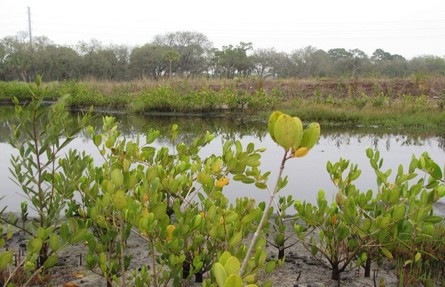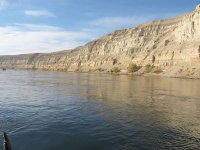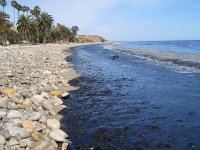Raleigh Street Dump
Hazardous Waste Site | Tampa, FL | 1977 to present
What Happened?
From 1977 until 1991, local manufacturing companies disposed of battery casings, furnace slag, and construction debris at this illegal dumpsite in Tampa, Florida. Lead, arsenic, and other toxic substances from the improperly handled waste contaminated soils, groundwater, and wetlands at the site.
EPAU.S. Environmental Protection Agency; federal agency with the mission to protect human health and safeguard the environment. classified the Raleigh Street Dump as a Superfund siteAn uncontrolled or abandoned place where hazardous waste is located, possibly affecting local ecosystems or people. Sites are listed on the National Priorities List for evaluation and cleanup by the U.S. Environmental Protection Agency. in 2009. Removal of contaminated soils and sediments, placement of clean soil, and restoration of affected wetland areas were completed in 2014, in cooperation with the potentially responsible parties (PRP)The individuals, companies, or government agencies potentially responsible for an oil spill, hazardous substance release, or ship grounding incident.. NOAA provided technical expertise to protect aquatic life and coastal habitats during site investigations and throughout the cleanup.
What Were the Impacts?
Lead, arsenic, and other hazardous substances polluted soils, groundwater, and tidal wetlands in and around the Raleigh Street Dump. The wetlands at the site and in the surrounding area, including Delaney Creek and Hillsborough Bay, support mangroveTropical trees or shrubs (Genus: Rhizophora) supported by prop roots and found in coastal saline and brackish waters. and other vegetation that provide habitat, nursery, and forage sites for the federally endangered manatee, benthicorganisms that live in and on the bottom of the ocean floor. invertebrates, and fish such as anchovies, killifish, red drum, flounder, mullet, sea catfish, stingray, and tarpon. Pollutants from the dumpsite have put these organisms at risk of reduced survival and reproduction, and threaten birds and other wildlife that feed in wetlands.
What's Happening Now?
Once the cleanup and EPA-mandated restoration were complete, the potentially responsible parties voluntarily worked with the Wildlife Habitat Council to further restore and expand wetlands at the site. They also created a wildflower and native grass meadow in the upland area, and created and installed bird and bat boxes. All told, restoration efforts ultimately restored or created 2.6 acres of wetlands, more than doubling the wetland area existing prior to the cleanup.
Groundwater at the site continues to be monitored to assure that contaminant levels decrease over time. Monitoring of restored wetlands is also ongoing.
Contacts
Michel Gielazyn, Ph.D.
NOAA Assessment and Restoration Division
St. Petersburg, FL
(727) 551-5771
Michel.Gielazyn@noaa.gov






